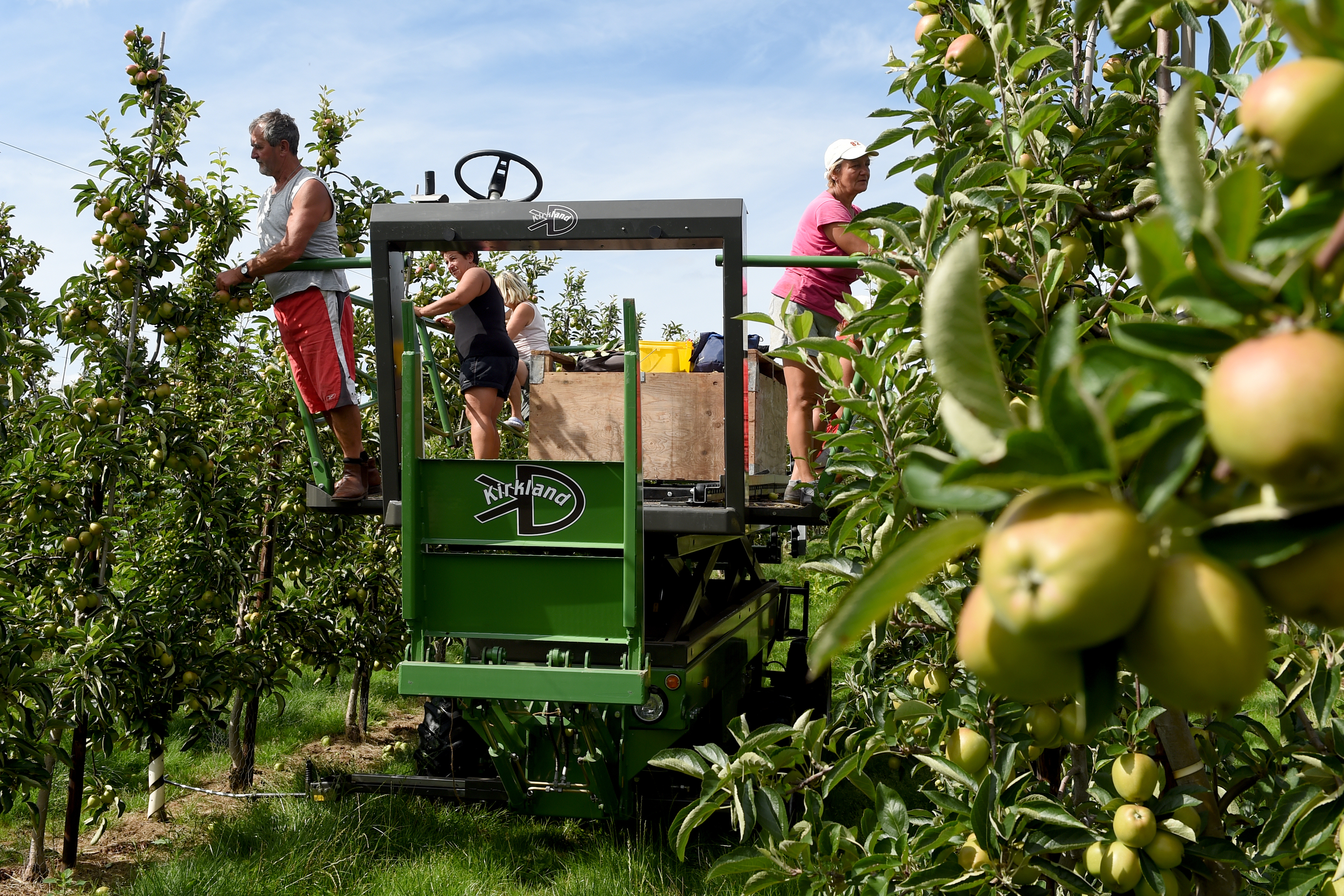The importance of European farm labour to Scottish farming has been highlighted in the latest agricultural census figures which show that 430,000 migrant worker days were reported in the year to June 2016.
However full time farm employees on farms have fallen to the lowest number on record, down 1900, or 3%, in the last year to 63,400 people, according to Scotland’s Chief Statistician.
NFU Scotland said declining levels of support and a halving of farm incomes in the past four years were responsible for the pruning back of full time employees. Instead farmers are using family members, part-time labour, machinery rings and contractors.
Rural economy secretary Fergus Ewing made no comment about the fall in full time workers but he did emphasise the importance of EU nationals to the farming workforce.
“Any move to limit migration, whether from within or beyond the EU, has the potential to seriously harm our rural economy and disrupt the lives of families who have settled here,” he said. “It is therefore vital that Scotland’s voice is heard loud and clear in negotiating Scotland’s interests and our relationship with EU.”
Headline statistics show a 3% reduction in the area of cereals planted and a surge of 30% in the area of fallow land which now accounts for 43,000ha. Barley was down 20,700 hectares (7%); wheat remained similar to last year, and oats increased by 5,600 hectares. The area of oil seed decreased again (15 %), but there were increases in the area of vegetables for human consumption (9%), and of fruit (3%).
NFU Scotland attributed the large increase in fallow partially to greening measures and more farmers opting to put land into fallow to meet their Ecological Focus Area (EFA) requirements.
“Fallow has been the preferred choice due to the complexity of rules for the other EFA options but more land is also being placed into fallow due to the ongoing poor returns for cereals and oilseeds,” said the union’s crops policy manager Peter Loggie.
He added that the falls in planted area largely reflected continued poor returns for grain.
“In addition, we have seen a drop in the area of combined beans (-26%) and peas (-47%). This was largely anticipated and driven by the Scottish Government’s unhelpful changes to the rules on EFAs. The combined area of those crops is now around 20% lower under the new CAP when compared with the five years up to 2014 – undermining the intention of the EU to increase protein crop production and to reduce dependence on protein crops imported from distant countries.”
Cattle numbers remained fairly constant at 1.8 million, but are at the third lowest since the 1950s and sheep numbers increased for the third consecutive year, up 125,000 (2%) to 6.8 million.
Other livestock also increased. Pig numbers were up 12,500 (4%) to 330,000, the third consecutive rise, and poultry numbers increased by 8% after last year’s 11% fall.
Potatoes saw a small increase, of 1,800 hectares (7%) to 27,500 hectares.










